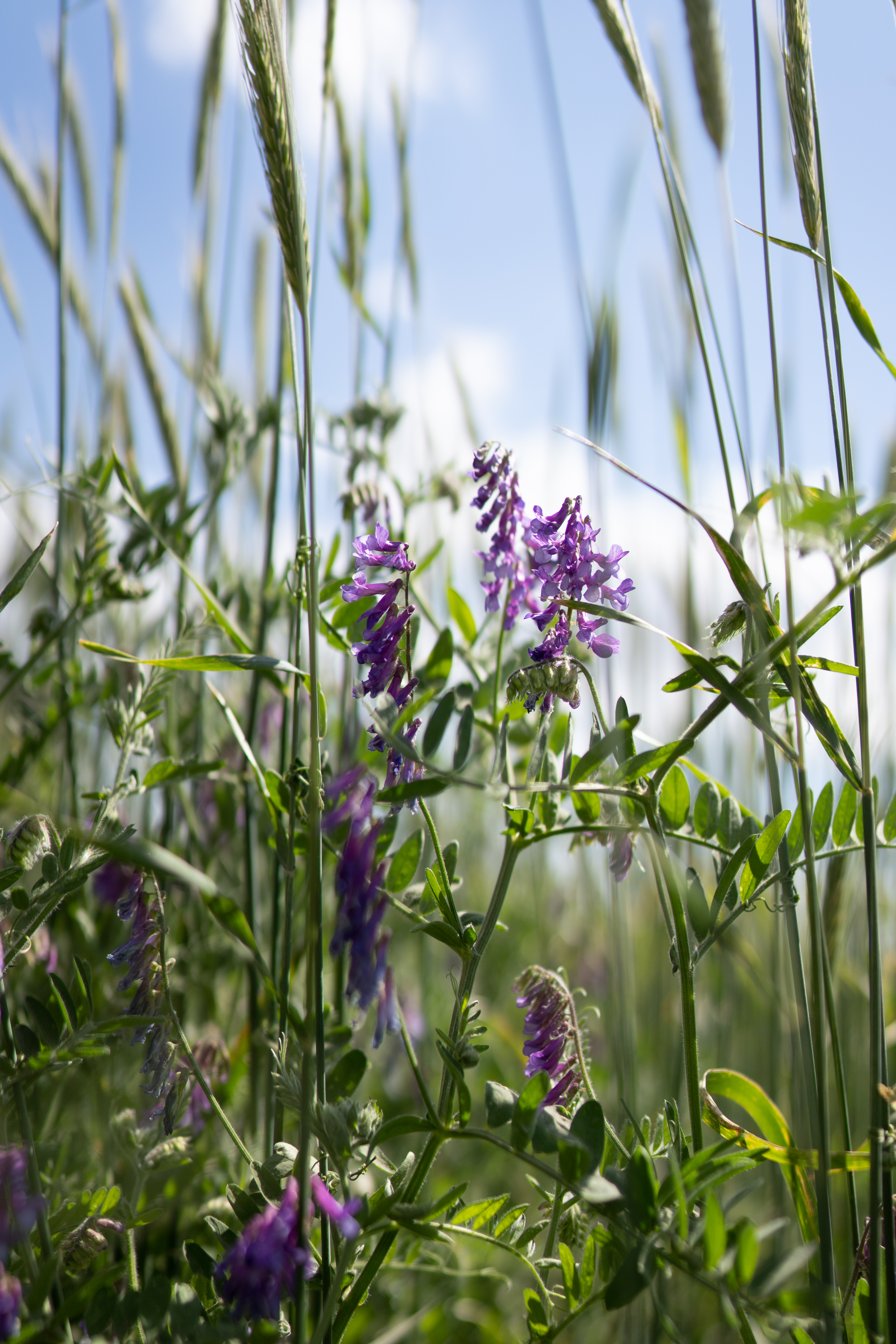
When can I start planting?
Written by: Davis Behle
For much of the country, spring is in the air… or at least it’s coming soon, even if there is another winter storm or two in its way first. With the anticipation of the changing of the seasons we are getting one question several times a day – “when can I start planting?” This question can be answered best by your soil temperatures and what species you want to plant.
Keep in mind that plant species are generally broken into cool season and warm season species. Below is a little bit about what these classifications mean as well as some species that might be in between.
- Cool season species include things like oats, barley, peas, clovers, rapeseed, turnips, etc. These species can be planted when soil temps are in the low 40’s and are expected to rise. They will generally grow best between 50-80 degree air temps. That means once summer temps roll around and exceed that temperature range on a daily basis, these species will not grow as well and will certainly be less productive than warm season species. Until that time though, cool season plants are the first chance to get something growing and for livestock producers, the first chance for something to graze. Check out the Cool Season Soil Builder as an example of species that can be planted in the spring.
- Warm season species include plants like sorghum sudan, pearl millet, sunn hemp, cowpeas, okra, etc. These can be planted when soil temps are 60-65 degrees and rising and will grow best between 75-100 degree air temps. For the most part these will die with a frost so you don’t want to plant them until after your frost risk passes. During summer these are the most efficient species to use. Check out the Warm Season Soil Builder or the Warm Season Grazing Mix as examples of what to plant during these conditions.
- There are some species that could be considered transitional between the two seasons. These include corn, soybeans, sunflowers, safflower, buckwheat, flax, and some of the brassicas. Many of these are warm season species but can handle some cooler temps. Some of these will still die with a frost though. We do not have a premade mix based around only transition season species but you can make a custom blend using the Smartmix Calculator if you feel your best planting window is in a transitional time.
As mentioned above, air temperature is worth considering when deciding what and when to plant but even more important is the soil temperature. One of the best tools available for checking soil temps is the Soil Temperature Map from GreenCast Online. This tool allows you to put in your location and see what your current soil temperatures are as well as historical averages throughout the year.
When it comes time to check your exact soil temperatures in your field, a good rule of thumb is to check around 9:00 in the morning at a depth of 2″.
It’s time to get prepared for planting but make sure you don’t jump the gun! Best wishes on the upcoming growing season!
This article first appeared in our “Keepin’ You Covered” email newsletter where we share 1 soil health topic, 2 success stories and 3 learning opportunities.
If you’re excited to learn more, sign up for our bi-monthly newsletter here.
